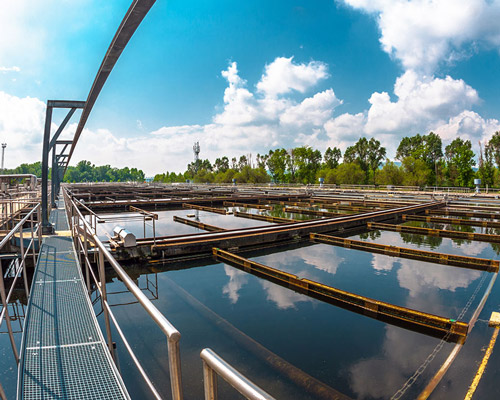An interesting common point made in both the BJP and Congress manifestoes of 2019 has been the creation of a separate water ministry. The ‘Jal Shakti’ ministry of the BJP and the Ministry of Water of the Congress both aim to unify the various ministries and agencies related to water under one umbrella to holistically address water issues.
The idea is long-overdue and welcome given the current structure of multiple ministries, lack of a unified policy framework and utter mismanagement of water resources. The current structure of MoWR, MDWS, MoEF and MoHUA with their allied institutions address different water issues in a piecemeal fashion leading to sub-optimal outcomes and crisis-like situations. My 10-point wish list of what this proposed all-encompassing water ministry ought to do is as follows (I have deliberately left out inter-state water sharing, dams and agriculture related issues):
1.Make right to clean water and sanitation a fundamental right by explicitly mentioning in the constitution as opposed to the current interpretation under Article 21 of right to life. This would also involve implementing SDG6 in letter and spirit.
2. Expeditiously prepare a National Water Policy and a regulatory framework that clarifies National, State and Municipal roles and responsibilities
3. Agree on a common minimum program with all States on issues of access, groundwater recharge, wastewater discharge, tariff, policy and regulation
4. Ensure that all states have a water and wastewater tariff policy for piped connections andgroundwater across domestic, agricultural and industrial uses. Include sewage treated water as a regular option and establish standards and pricing for the same.
5. Bring clarity and consistency in domestic and industrial wastewater discharge, ZLD and sludge disposal regulations by working with MoEF and NGT
6. Plan for large-scale decentralized sewage treatment and reuse in addition to centralized treatment systems
7. Implement river cleaning projects on 12,000 kms of polluted river stretches by focusing on plugging polluting streams and penalizing polluters
8. Revive PPP in the sector by encouraging models like HAM that have recently witnessed traction in sewage treatment
9. Enforce the Manual Scavenging Act, 2013 in spirit and modernize sewer cleaning and maintenance
10. Set up specialized skill development centres to impart training on water and wastewater treatment and management for municipalities
India’s per-capita water resource availability is just 1/6th of the global average. Lesser said about the quality of water available, the better. The very nature of water management is local, except in cases of rivers and canals where water sharing arrangements are needed. As far as possible, systems should be devised to encourage and strengthen local water management in villages, towns and cities. The ministry may also do well to eschew grandiose plans of large-scale infrastructure creation as they may simply not be needed if local management is empowered and strengthened.

